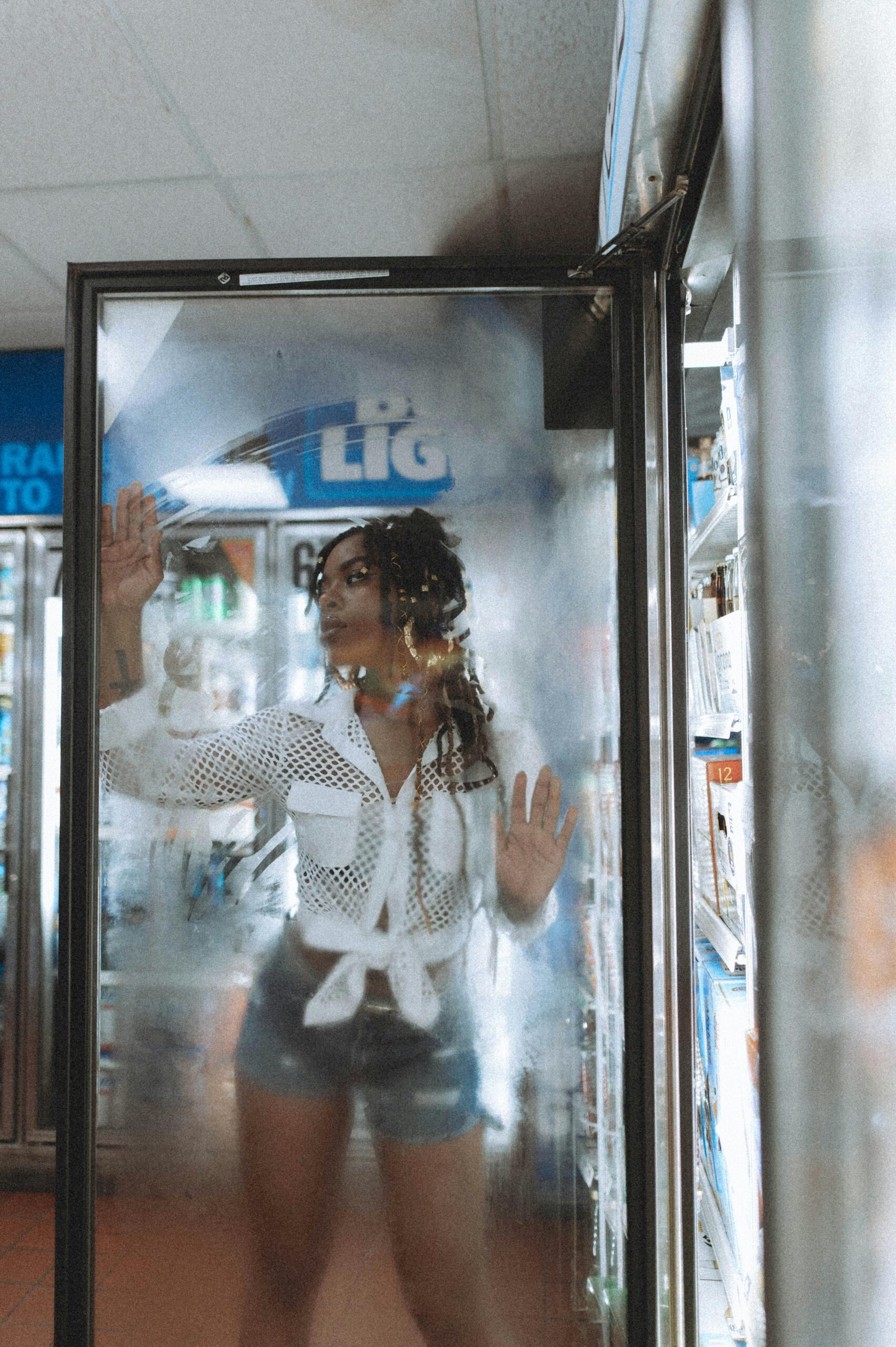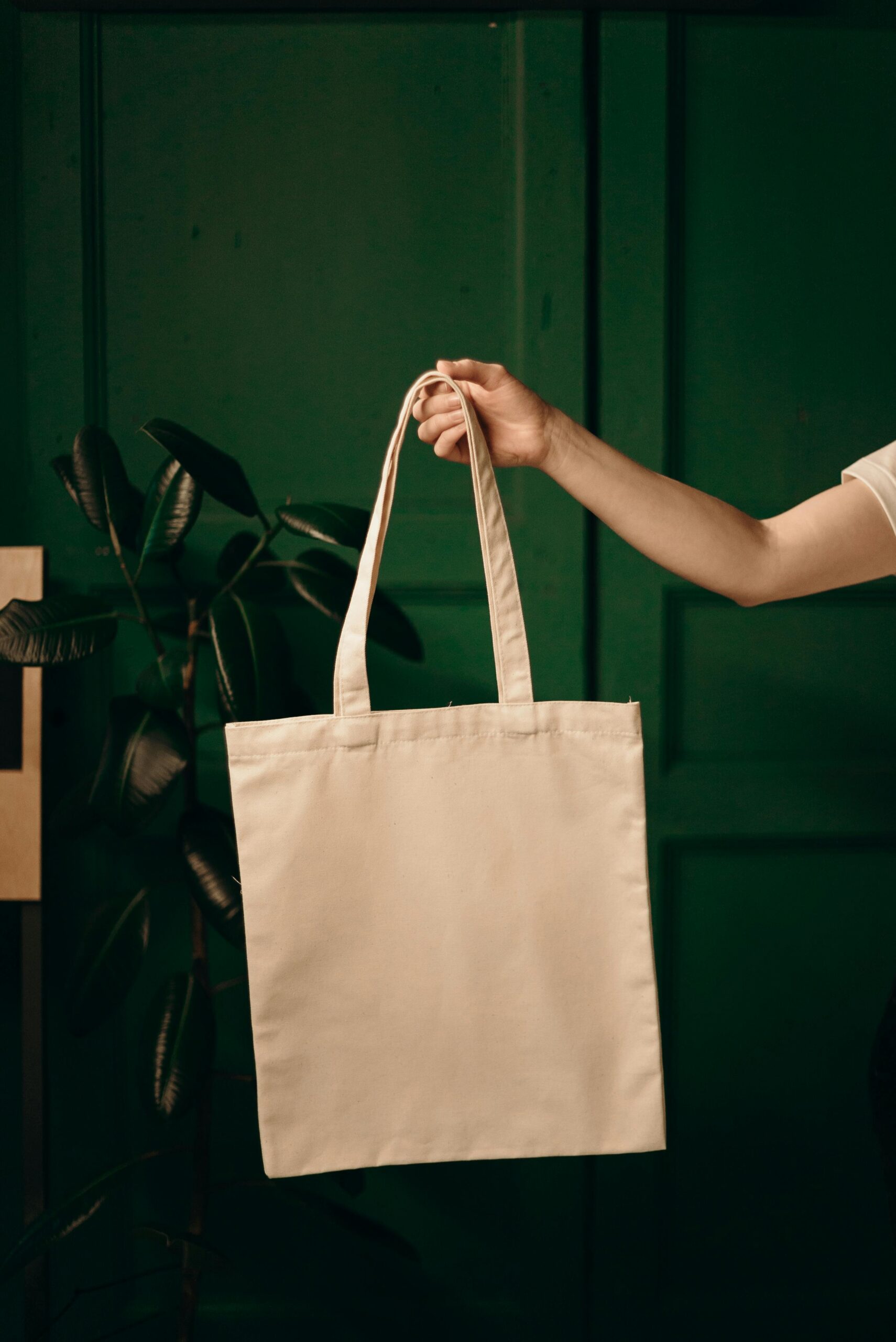Introduction
In recent years, sustainability has become one of the most powerful buzzwords in fashion. Consumers today are more aware, more vocal, and more eco-conscious than ever before. They want to know that their clothes are made ethically, with minimal harm to the planet and its people. In response, fashion brands worldwide have started promoting “green” initiatives — claiming to use recycled fabrics, reduce waste, or operate carbon-neutral supply chains.
However, behind the glossy advertisements and nature-themed campaigns lies a troubling reality: many of these claims are exaggerated, misleading, or outright false. This deceptive marketing practice, known as greenwashing, has become one of the biggest controversies in the fashion world.
In this article, we’ll uncover the truth behind greenwashing in fashion — what it means, how brands use it, why it’s harmful, and what consumers can do to distinguish between genuine sustainability and empty promises.
What Is Greenwashing?
The term “greenwashing” is a blend of “green” (environmentally friendly) and “whitewashing” (concealing wrongdoing). It was first coined in the 1980s by environmentalist Jay Westerveld, who criticized hotels for asking guests to reuse towels “to save the planet” while doing little else to reduce environmental damage.
In the fashion industry, greenwashing refers to false or misleading claims about the environmental benefits of a product, service, or brand. Essentially, it’s when a company tries to appear eco-friendly without making substantial changes to its operations.
Greenwashing is not just marketing fluff — it’s a serious issue that manipulates consumers and slows down genuine progress toward sustainability.
Why Greenwashing Is So Common in Fashion
Fashion is one of the most polluting industries in the world. From textile waste and chemical dyes to carbon emissions and unethical labor, the industry’s environmental footprint is massive. As awareness grows, sustainability has become both a moral imperative and a marketing opportunity.
Consumers are willing to pay more for sustainable products. According to recent global surveys, over 70% of shoppers prefer eco-conscious brands. Naturally, fashion companies want to capitalize on this demand — but making a business truly sustainable is complex and expensive.
Instead of overhauling their supply chains, many brands opt for a cheaper shortcut: greenwashing. By using strategic language and imagery, they can appear sustainable while continuing harmful practices behind the scenes.
The Tactics of Greenwashing in Fashion
Greenwashing often appears subtle and persuasive, which makes it hard for consumers to detect. Below are some of the most common tactics fashion brands use:
1. Vague or Misleading Language
Terms like “eco-friendly,” “sustainable,” “green,” or “natural” sound positive but mean very little without evidence.
For example, a clothing label might say “made with sustainable materials” — but fail to mention that only 5% of the fabric is recycled polyester, while the rest is virgin plastic-based fiber.
Truth: Unless a brand provides specific certifications or data, these claims are meaningless.
2. Highlighting Minor Eco-Friendly Actions
Many brands showcase small environmental initiatives to distract from their overall harmful practices. For example, a company might launch a “conscious collection” made from organic cotton, while the rest of its operations rely on fast-fashion production and exploitative labor.
Truth: A few “green” products don’t make a company sustainable if the core business model remains wasteful.
3. Misleading Imagery
Marketers often use pictures of forests, oceans, or green leaves to imply sustainability. The packaging may feature earthy colors or slogans about saving the planet — even when the product has no eco-friendly attributes.
Truth: Visual aesthetics can be powerful tools of deception, creating a “green illusion.”
4. Lack of Transparency
Some companies avoid disclosing supply chain details or data on materials and emissions. Instead, they rely on emotional appeals and storytelling.
Truth: Genuine sustainability requires transparency, not mystery. If a brand can’t tell you where and how its clothes are made, it’s probably hiding something.
5. Misuse of Certifications
Another common trick is using self-created “eco-labels” or vague certifications that sound official but lack independent verification.
Truth: Only third-party certifications such as GOTS (Global Organic Textile Standard), Fair Trade, OEKO-TEX, or Bluesign® can confirm real sustainability standards.
6. Promoting Recycling While Overproducing
Many fast-fashion brands promote recycling programs or “closed-loop” initiatives. Yet they continue to produce billions of garments annually — far more than can ever be recycled.
Truth: Recycling is not a solution to overproduction. True sustainability begins with making less and using longer.
Real-World Examples of Greenwashing in Fashion
Over the past few years, several major fashion brands have faced backlash for misleading sustainability claims. Here are a few notable examples (without naming specific ongoing legal cases):
-
A global fast-fashion retailer promoted its “eco-conscious” collection while using materials that were less sustainable than advertised.
-
A luxury brand launched a “carbon-neutral” campaign but failed to disclose that its emissions were offset through questionable carbon credits.
-
Several online retailers have been accused of fabricating sustainability credentials, using misleading labels such as “organic” without certification.
These controversies reveal a consistent pattern: companies exploiting sustainability as a marketing tool rather than a genuine mission.
The Impact of Greenwashing
Greenwashing doesn’t just mislead consumers — it causes real harm on multiple levels.
1. Environmental Harm
By masking destructive practices as eco-friendly, greenwashing allows pollution, waste, and overproduction to continue unchecked. It delays meaningful climate action by giving the illusion of progress.
2. Consumer Deception
Consumers who genuinely want to make responsible choices are manipulated into supporting unsustainable brands. This erodes trust and breeds confusion about what “sustainability” truly means.
3. Unfair Competition
Greenwashing gives deceptive brands an unfair advantage over companies genuinely investing in sustainability — discouraging ethical innovation in the long run.
4. Reputational Risk
When greenwashing is exposed, brands face severe backlash, lawsuits, and loss of consumer confidence. Authenticity matters more than ever, and dishonesty can permanently damage reputation.
Spotting Greenwashing: A Consumer’s Guide
As sustainability becomes mainstream, it’s essential for consumers to become critical and informed. Here’s how you can identify greenwashing and make better fashion choices:
1. Look for Transparency
Authentic brands provide clear information about their materials, sourcing, and labor practices. Check if they publish sustainability reports, list factory locations, and disclose certifications.
2. Verify Certifications
Legitimate eco-friendly garments often carry certifications such as:
-
GOTS (for organic textiles)
-
Fair Trade (for ethical labor)
-
OEKO-TEX Standard 100 (for chemical safety)
-
Cradle to Cradle Certified (for circular design)
Be wary of brands that use vague “eco” logos without third-party verification.
3. Evaluate the Brand’s Overall Model
Is sustainability part of the company’s core business, or just a marketing campaign? A truly responsible brand integrates sustainability into its entire supply chain — not just one product line.
4. Read the Fine Print
Pay attention to fabric composition labels, sustainability claims, and manufacturing details. If the information is overly generic or lacks numbers, it’s a red flag.
5. Watch for “Fast Green Fashion”
If a brand releases hundreds of new products weekly, it cannot realistically claim sustainability — no matter how many “eco” slogans it uses.
The Role of Technology and Regulation
Governments and regulators are now taking action against greenwashing. The European Union, for instance, is implementing new rules requiring fashion brands to substantiate environmental claims with verifiable data. Similar regulations are emerging in the United States, UK, and Australia.
Meanwhile, technology is helping enhance transparency:
-
Blockchain enables brands to track materials from fiber to final product.
-
Digital Product Passports allow consumers to see the full lifecycle of an item.
-
AI-driven sustainability audits help detect false claims and measure real impact.
Such advancements are crucial for holding brands accountable and empowering consumers to make informed choices.
The Path Toward Authentic Sustainability
The fashion industry doesn’t need more marketing spin — it needs systemic change. Genuine sustainability goes beyond surface-level efforts. It involves:
-
Designing for Longevity: Creating durable, timeless pieces that reduce waste.
-
Using Responsible Materials: Opting for organic, recycled, or regenerative fibers.
-
Fair Labor Practices: Ensuring ethical treatment and wages across the supply chain.
-
Transparency: Providing traceable data on sourcing, production, and environmental impact.
-
Circular Business Models: Encouraging repair, resale, and recycling to extend product lifespans.
When brands commit to these values, sustainability becomes a foundation, not a façade.
How Consumers Can Drive Change
While policy and corporate accountability are vital, consumers also have immense power to influence the industry. Here’s how:
-
Buy less, but better: Focus on quality over quantity.
-
Support ethical brands: Choose companies with transparent sustainability records.
-
Ask questions: Demand proof of eco-friendly claims before buying.
-
Embrace secondhand fashion: Thrifting, renting, and swapping clothes reduce waste.
-
Educate others: Share knowledge about greenwashing and promote conscious consumption.
Every purchase sends a message. By voting with their wallets, consumers can push the fashion industry toward authentic environmental responsibility.
The Future of Fashion Transparency
Looking ahead, the future of fashion lies in radical transparency. Brands will increasingly be expected to prove — not just claim — their sustainability efforts. With governments enforcing stricter standards and consumers demanding accountability, greenwashing will no longer be easy or profitable.
The fashion industry is slowly shifting toward a more honest, traceable, and ethical future. The brands that thrive will be those that embrace truth, innovation, and genuine care for people and the planet — not those hiding behind green-tinted marketing.
Conclusion
The rise of sustainability in fashion marks a hopeful turning point, but greenwashing threatens to undermine real progress. Behind every “eco” label or “conscious collection,” consumers must look deeper — because not all green claims are created equal.
True sustainability isn’t about slogans or seasonal campaigns. It’s about accountability, transparency, and long-term commitment to ethical production and environmental care.
As awareness grows, both brands and consumers have a shared responsibility: to demand truth, reject deception, and champion authenticity. Only then can the fashion industry evolve from a culture of overconsumption to one of integrity and regeneration.
In the end, fashion should not only make us look good — it should also make the world better.




